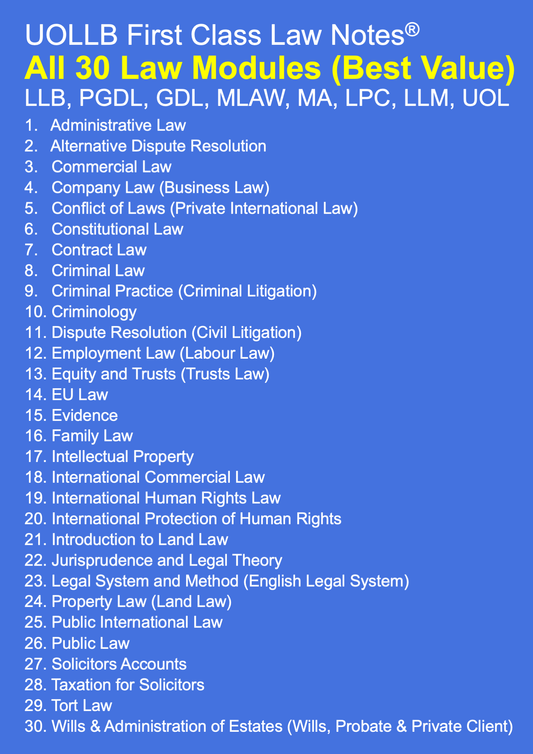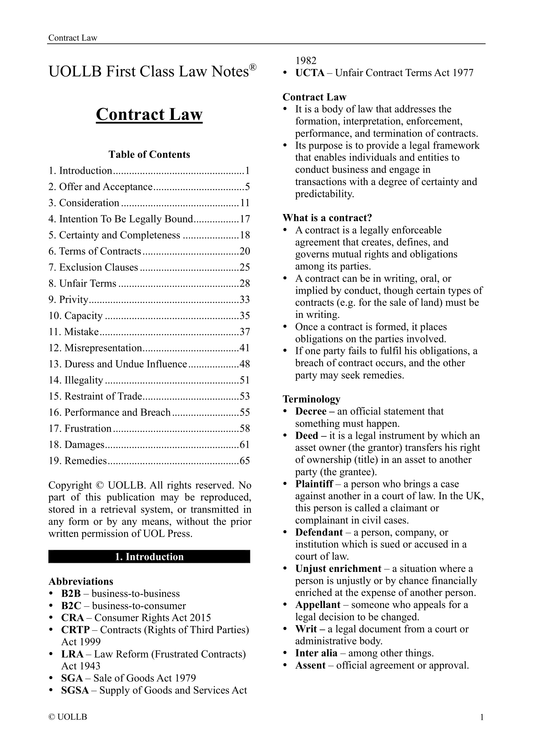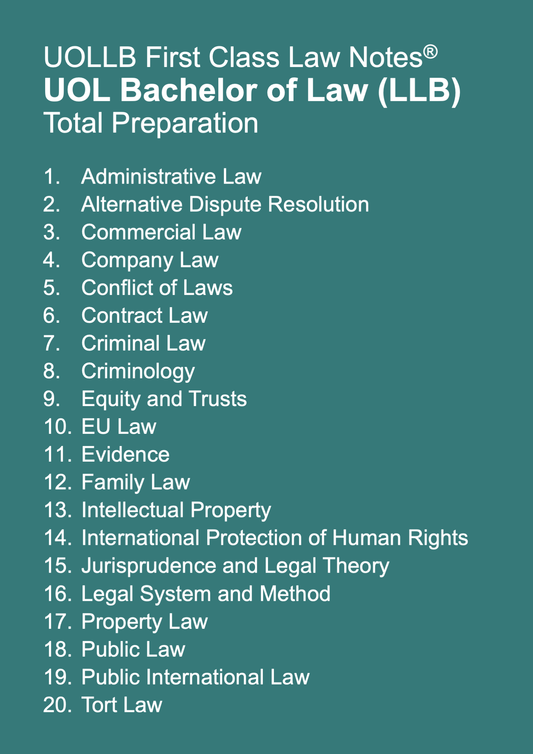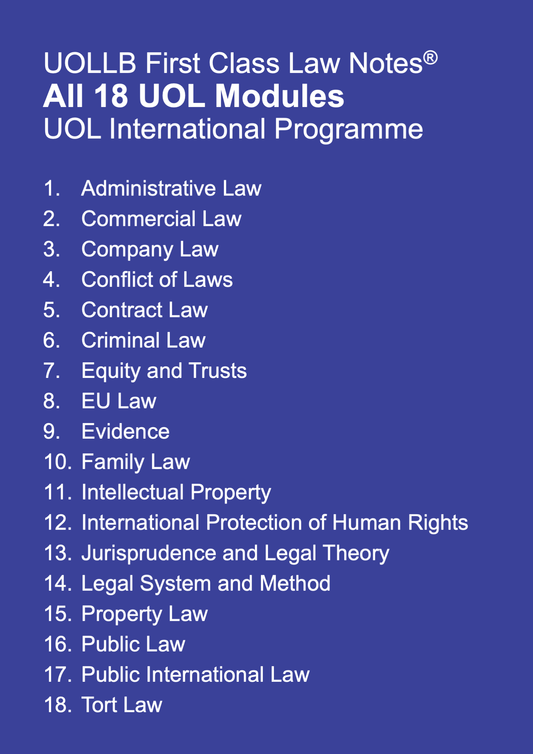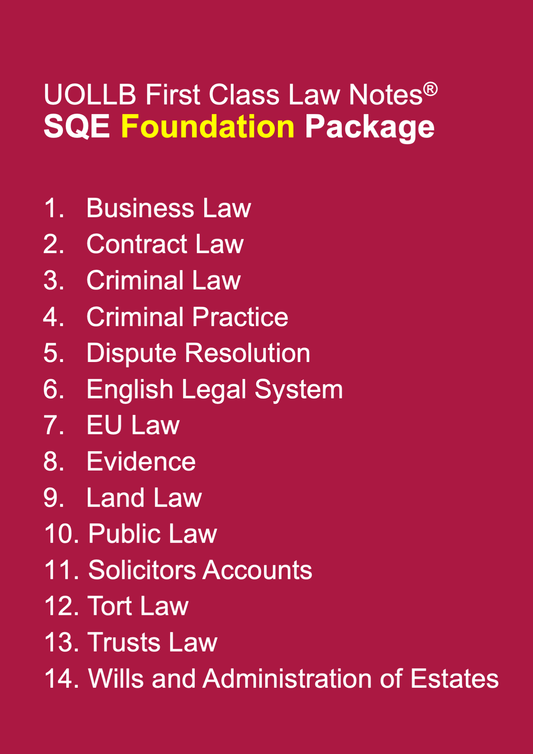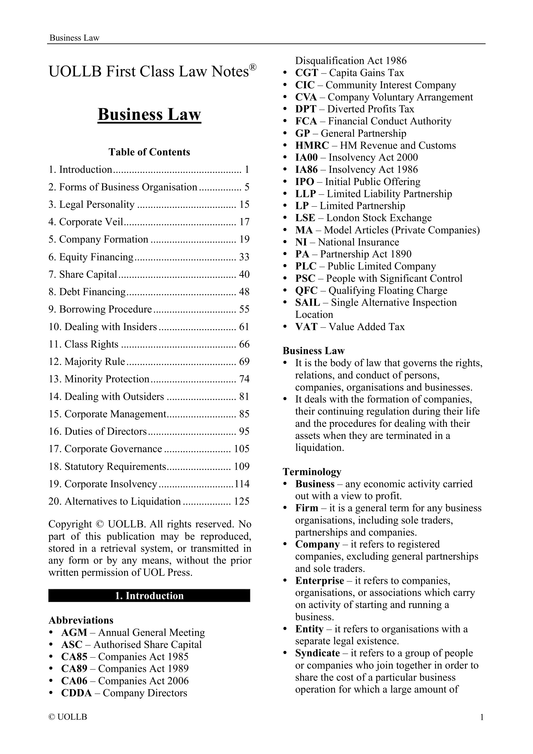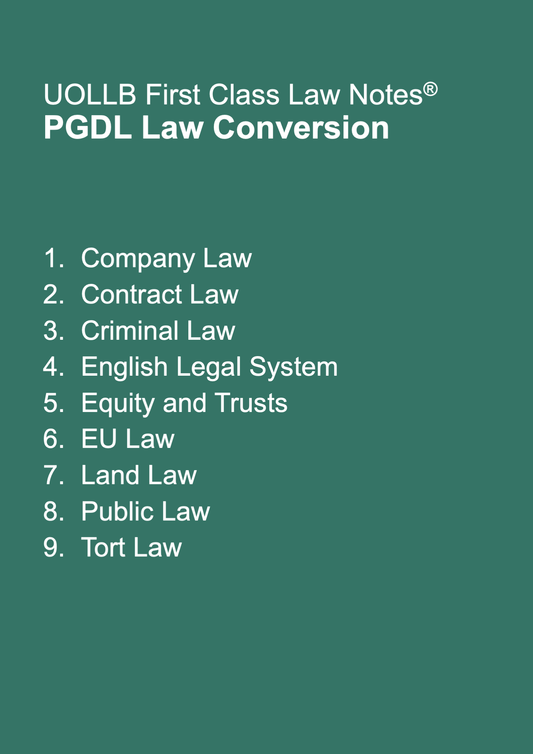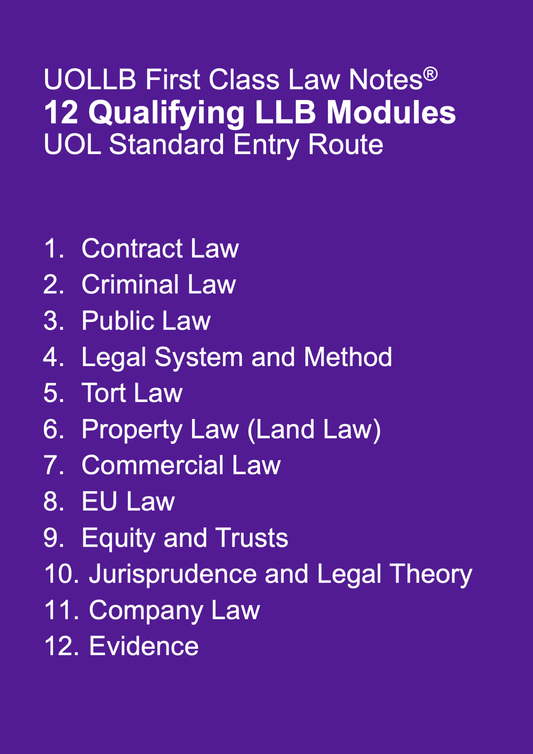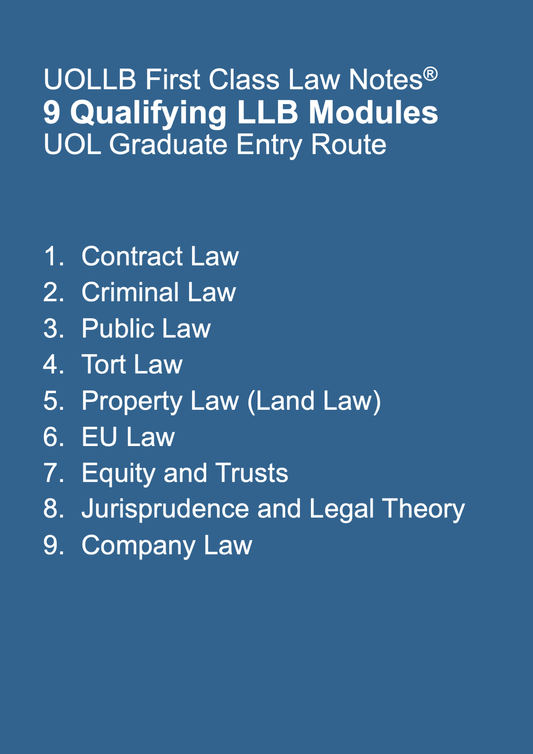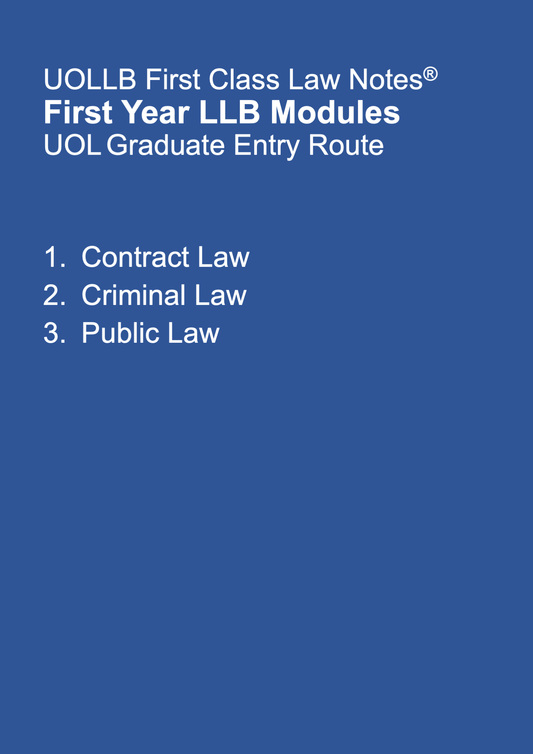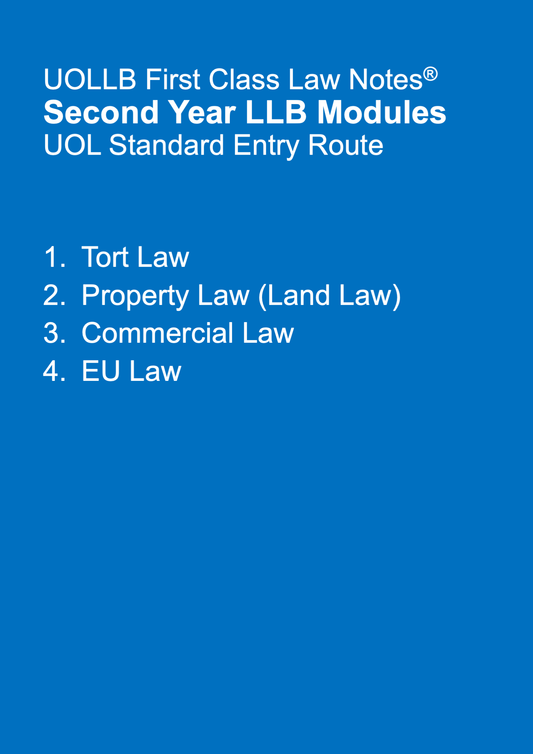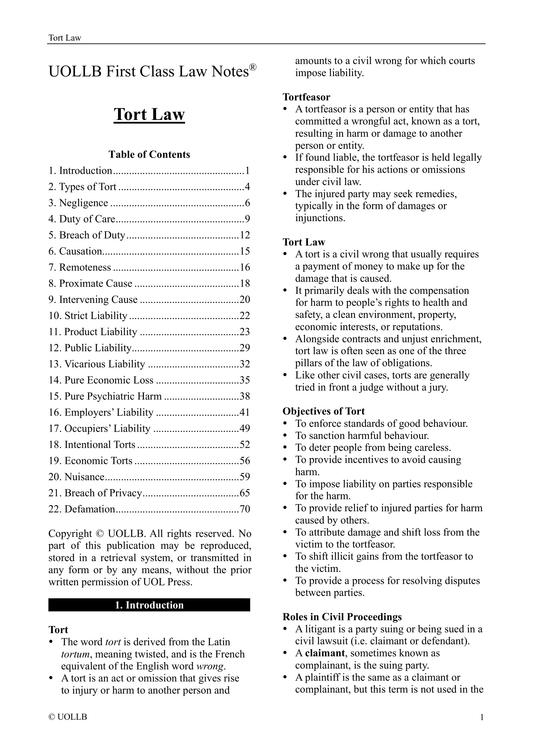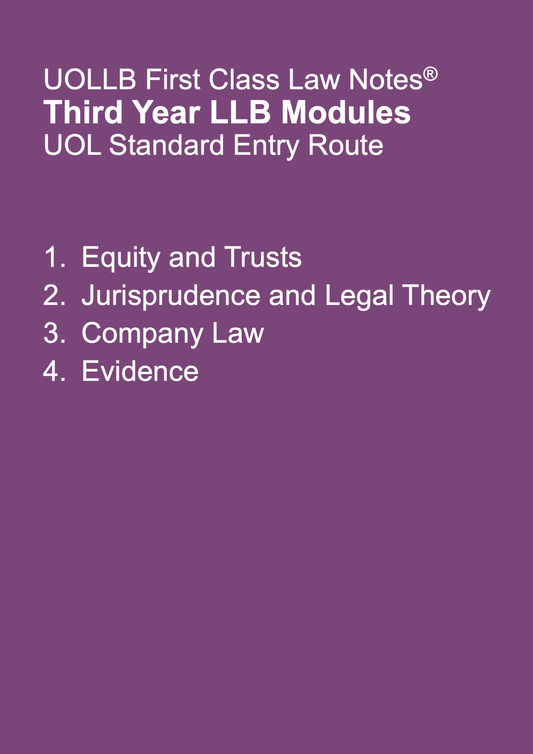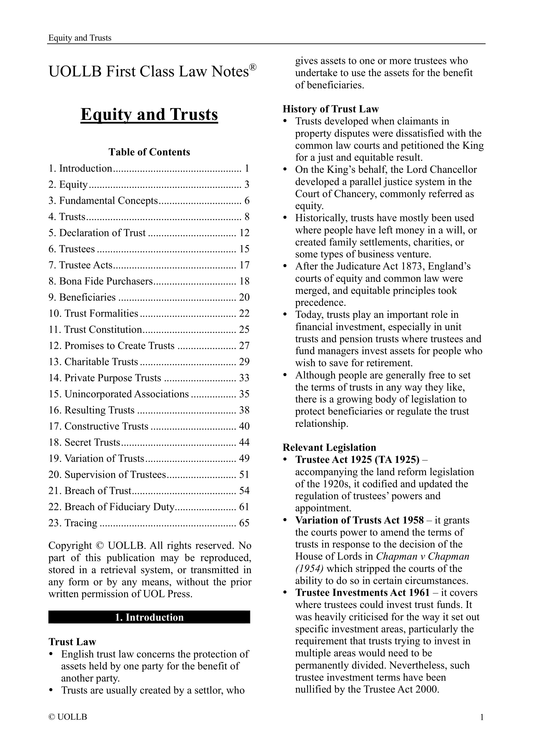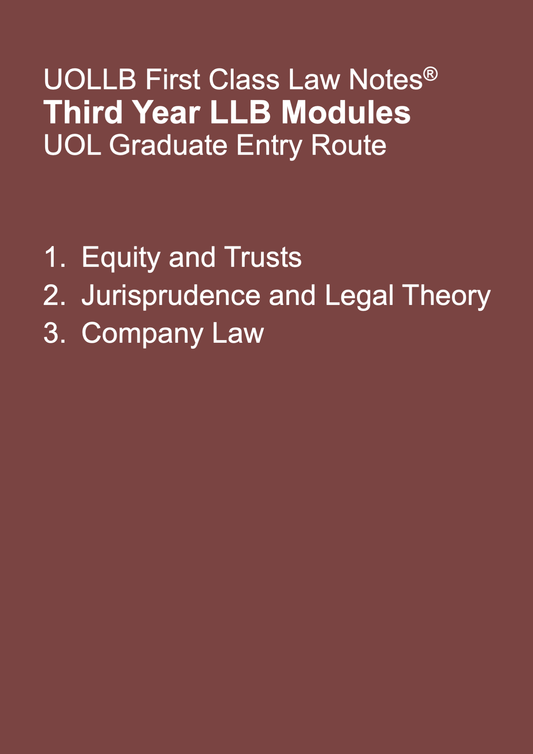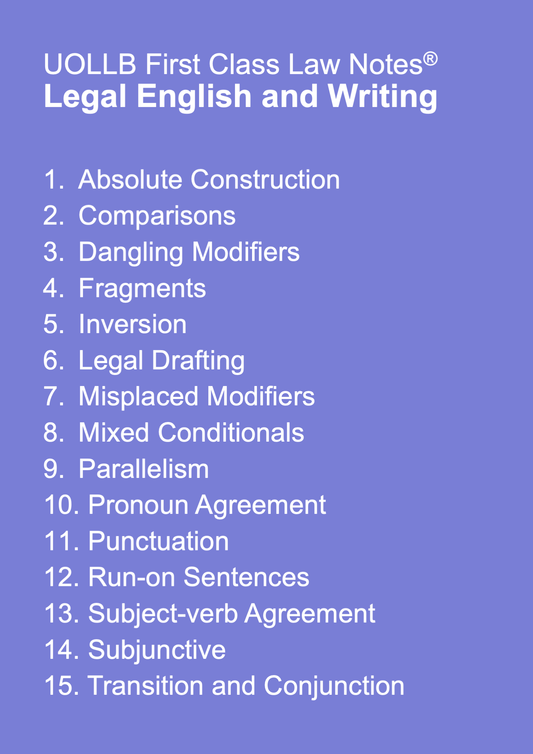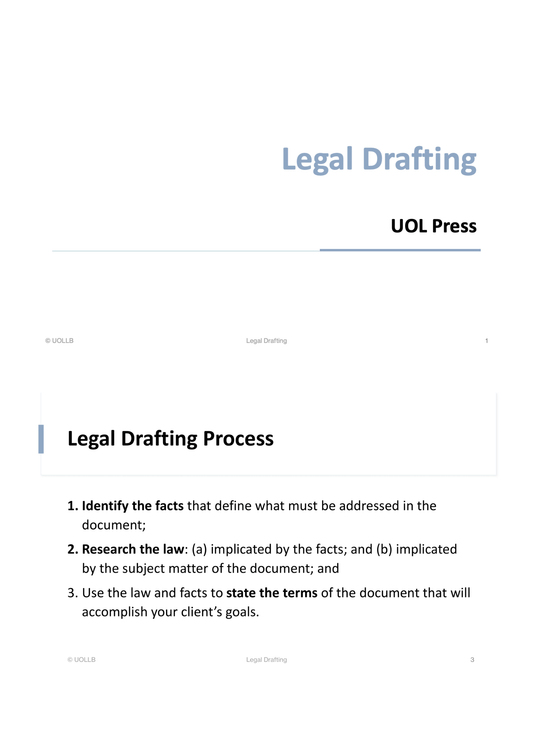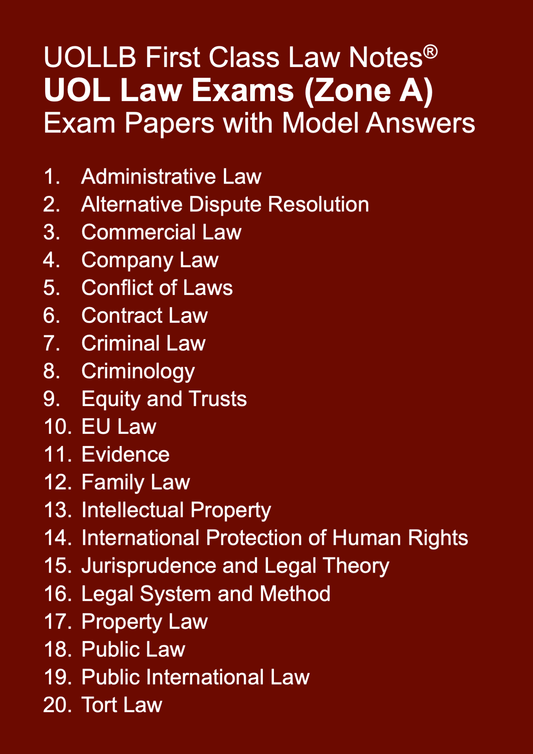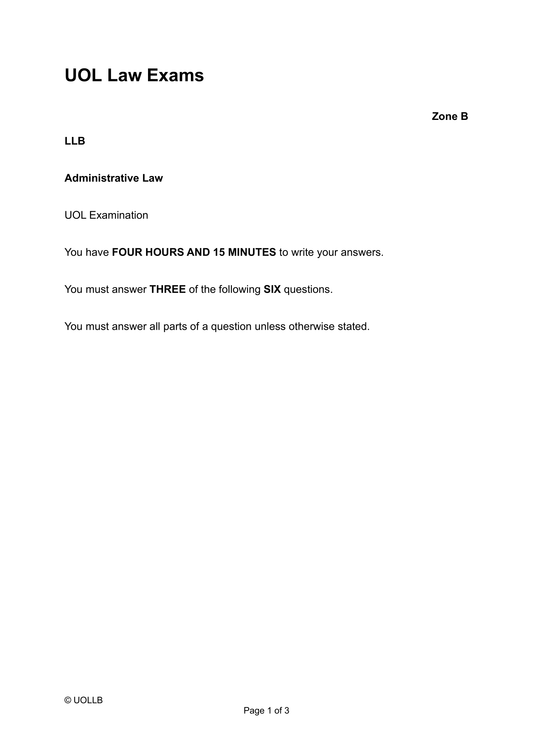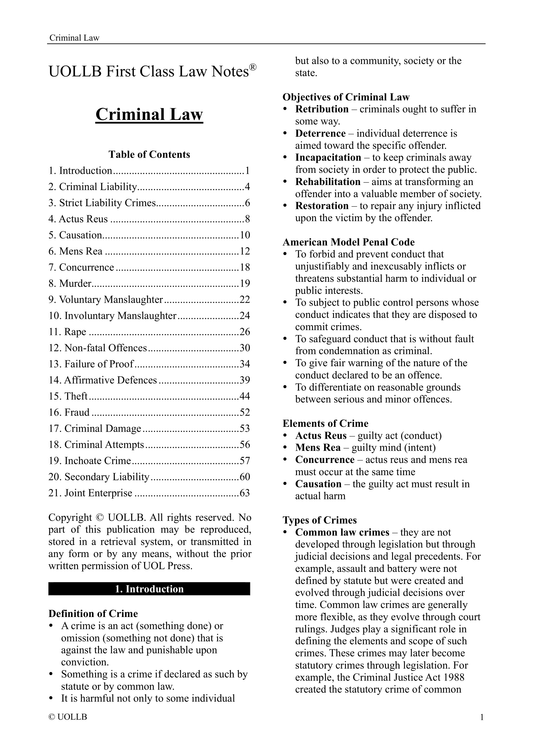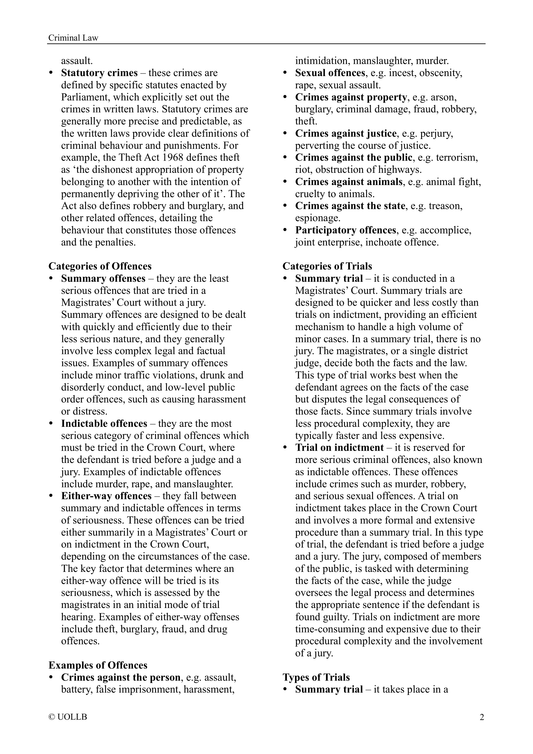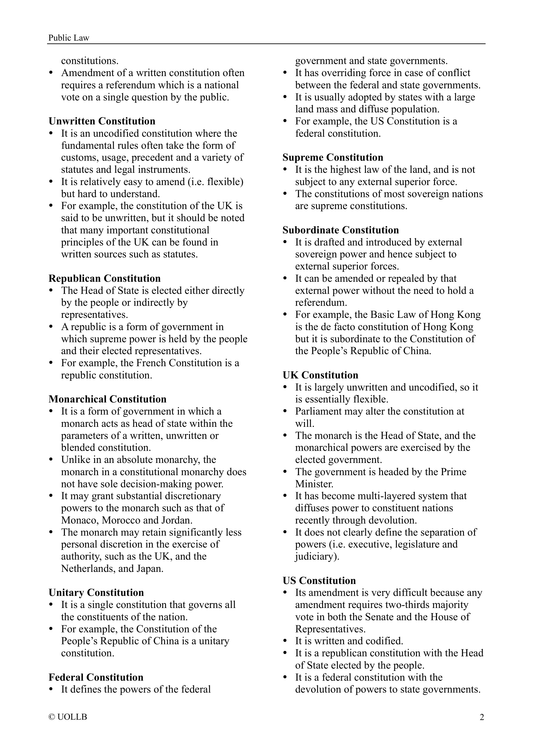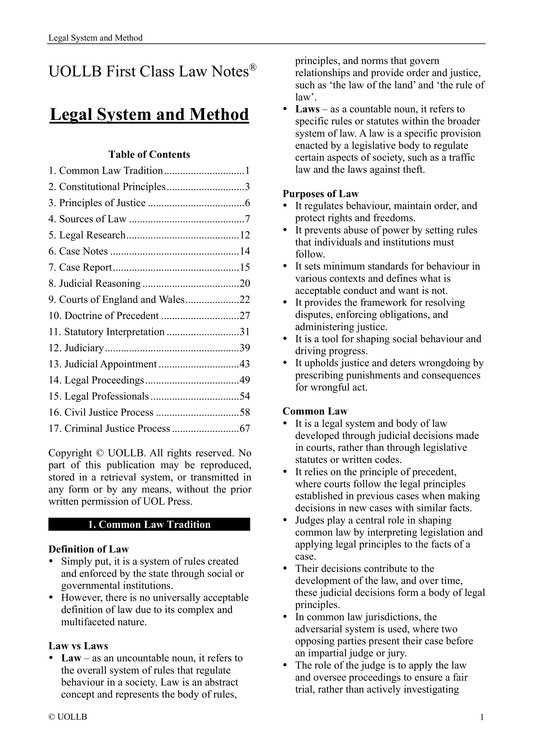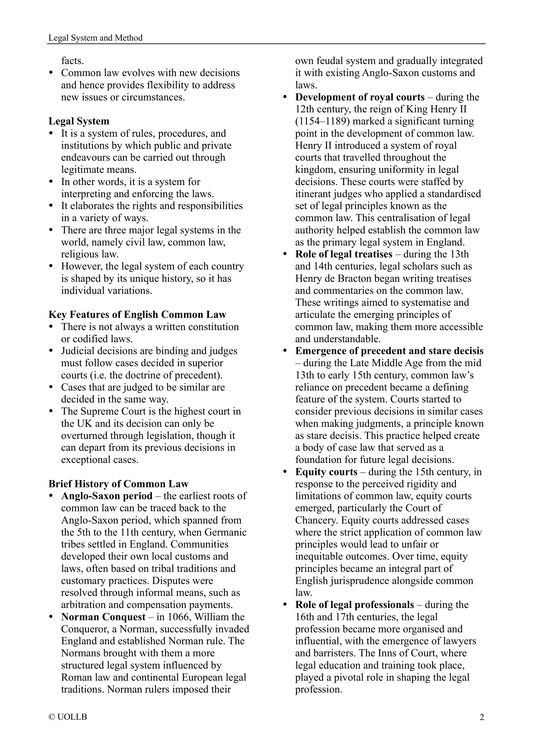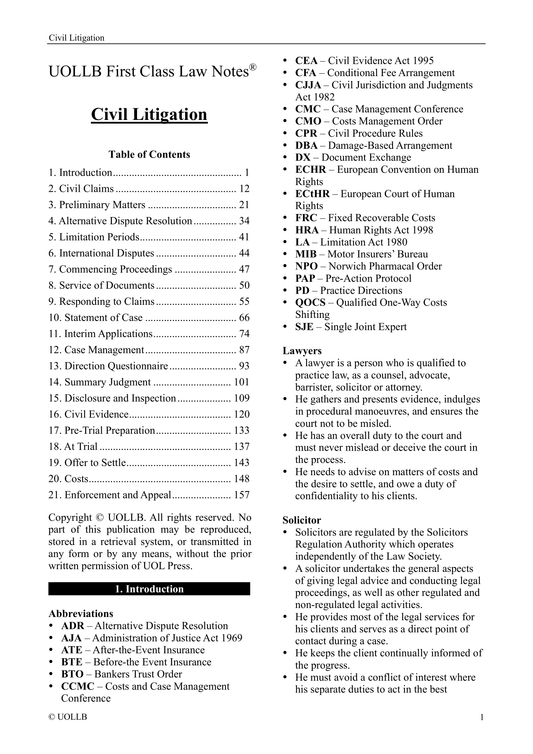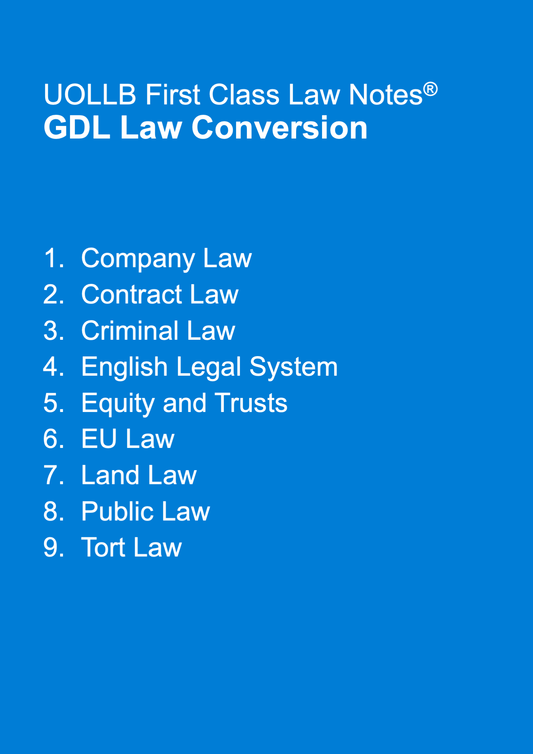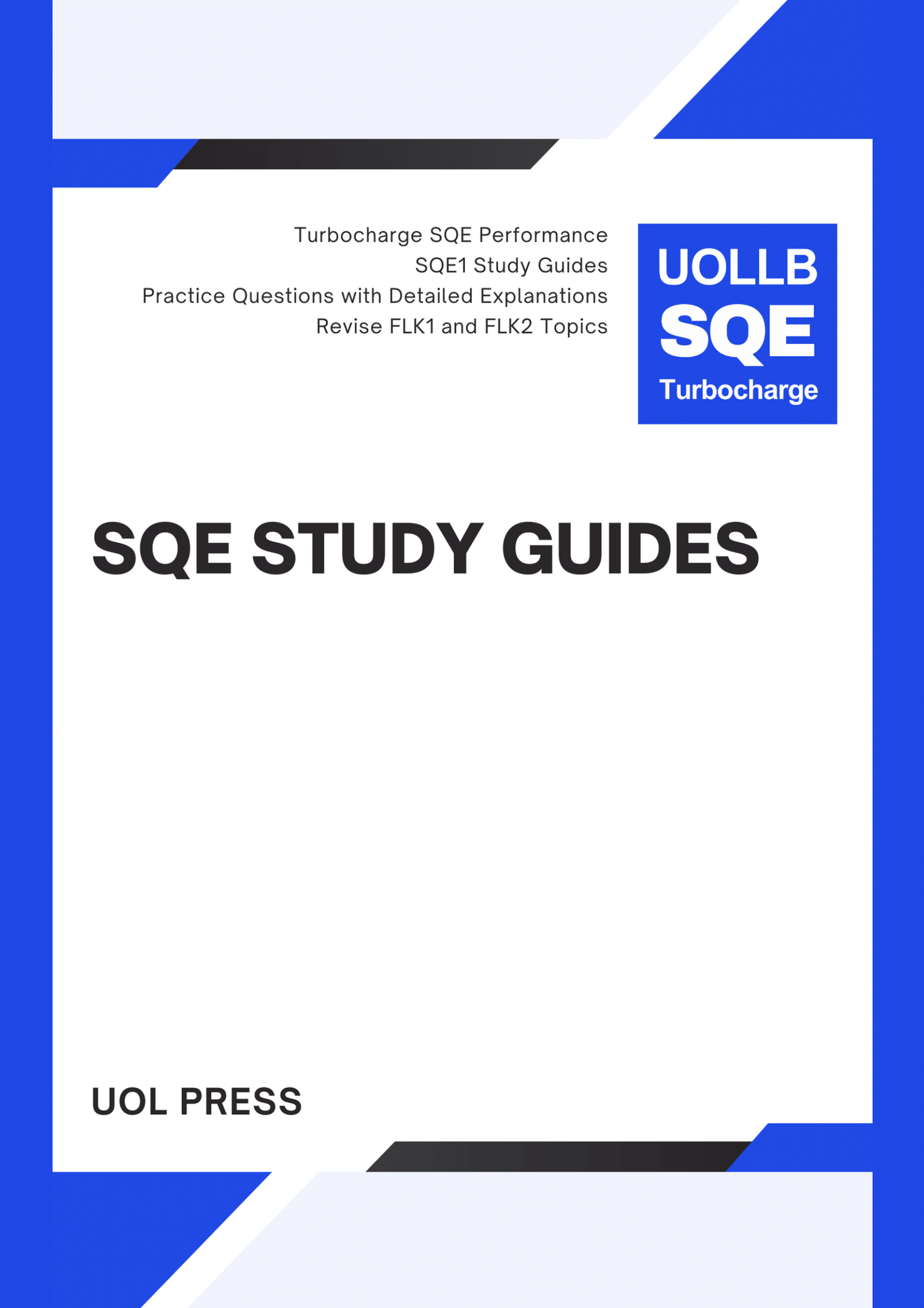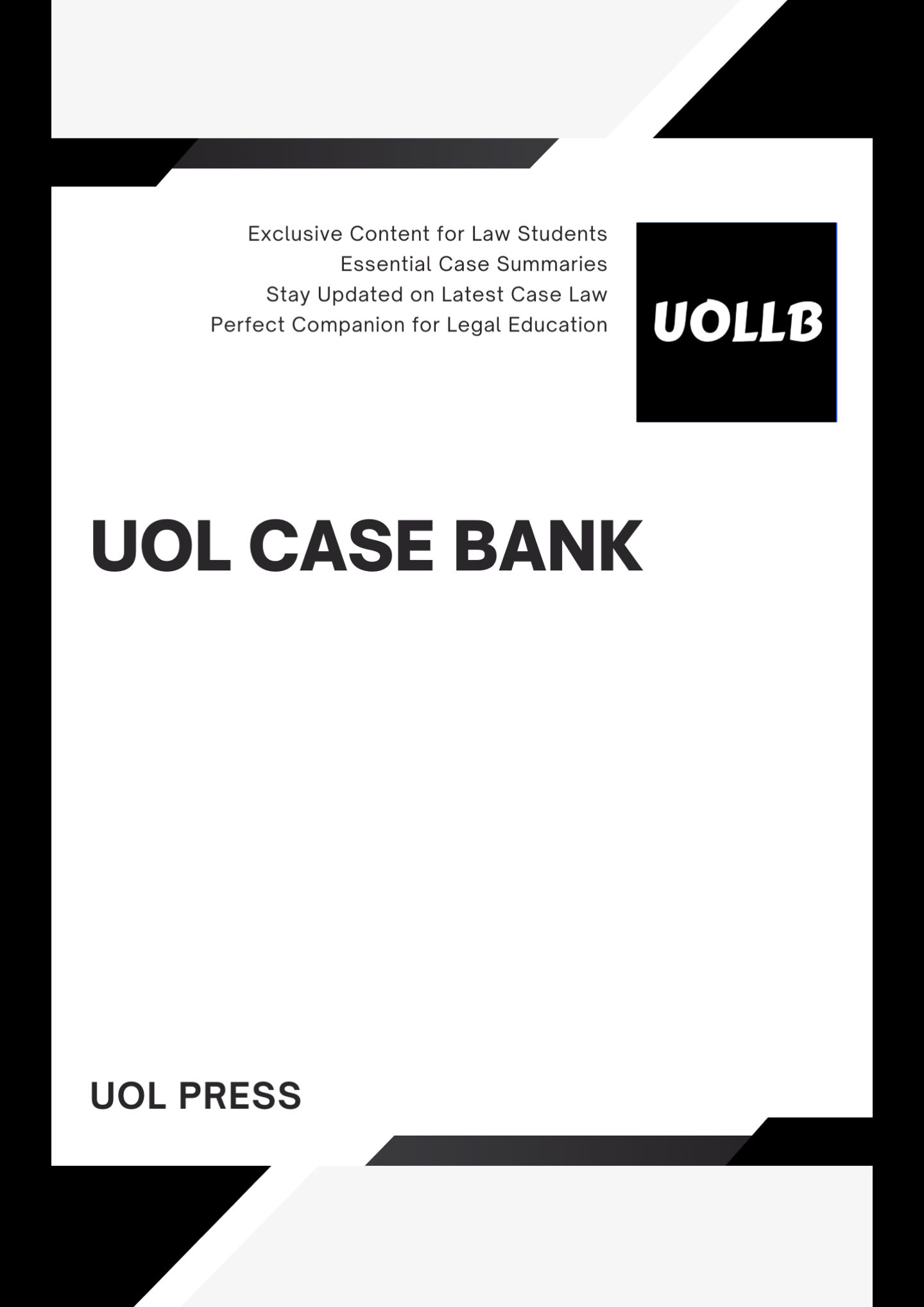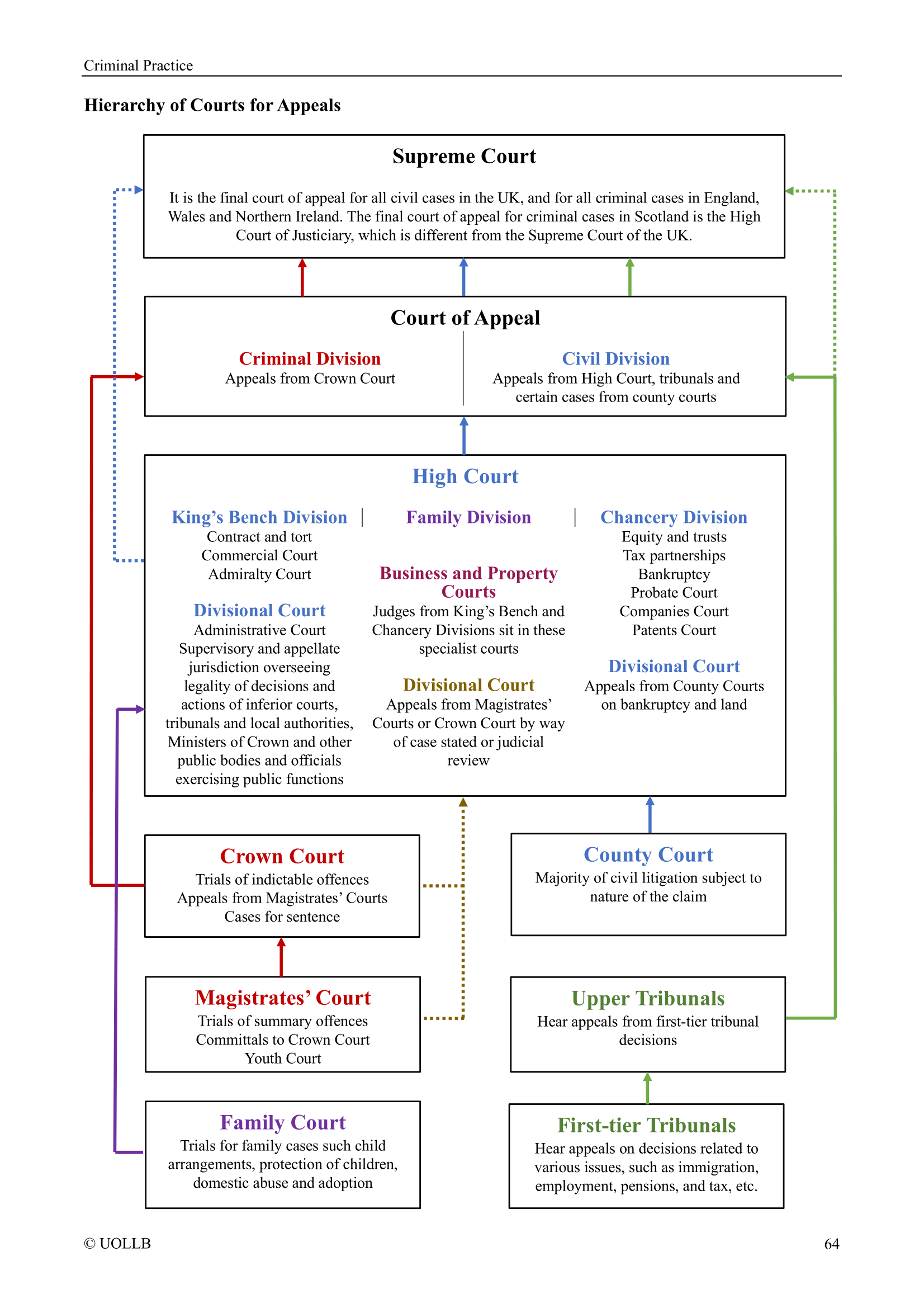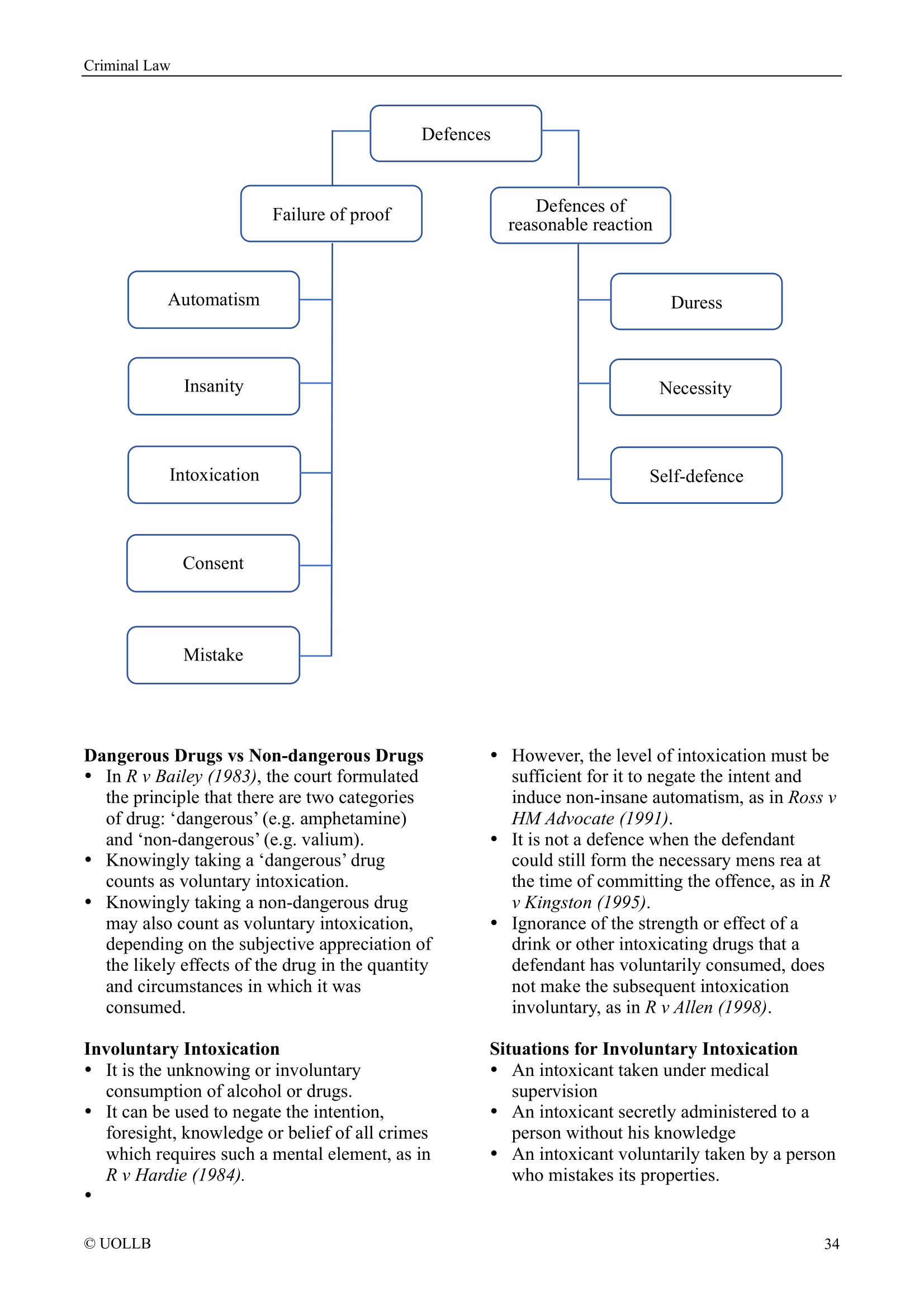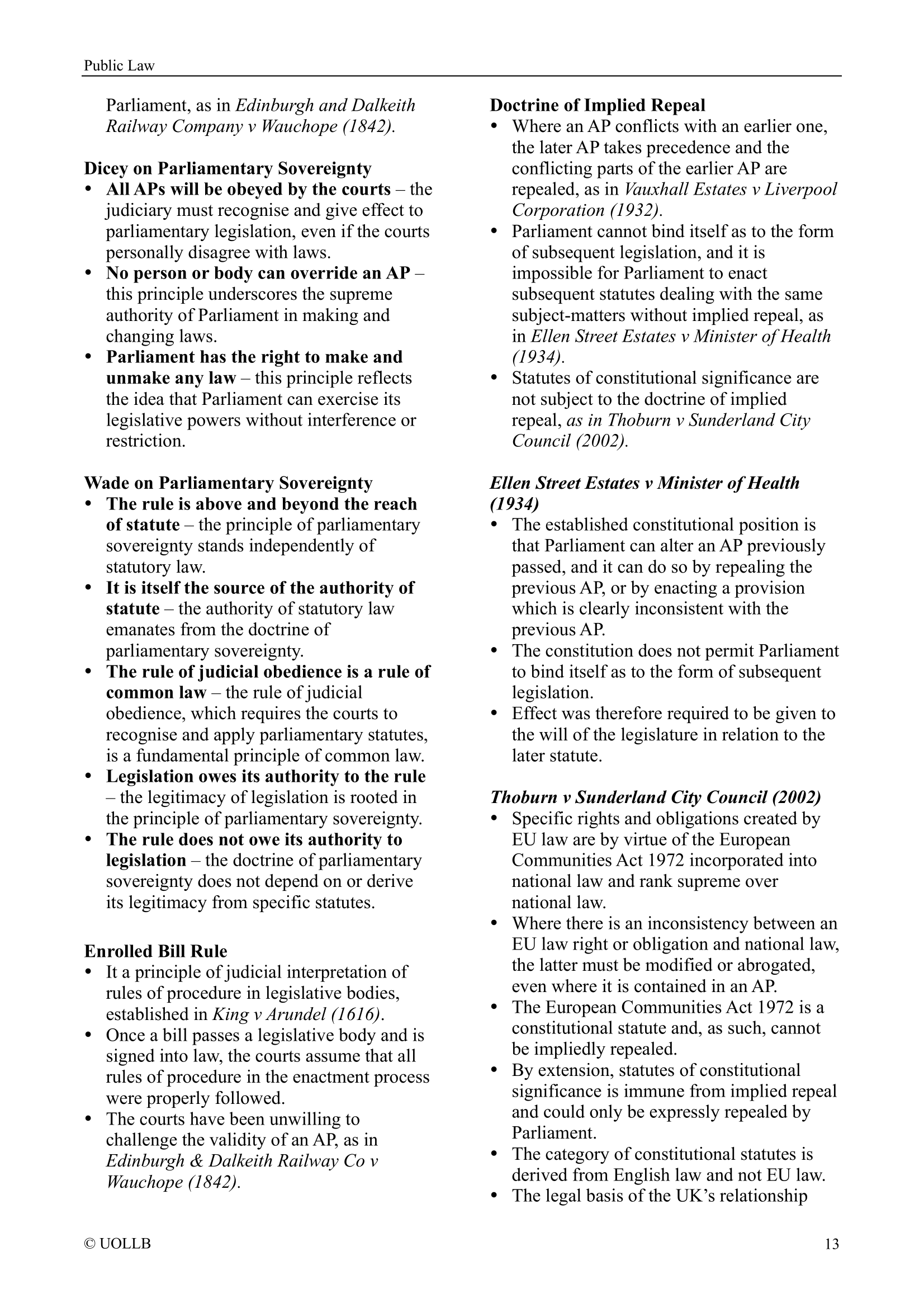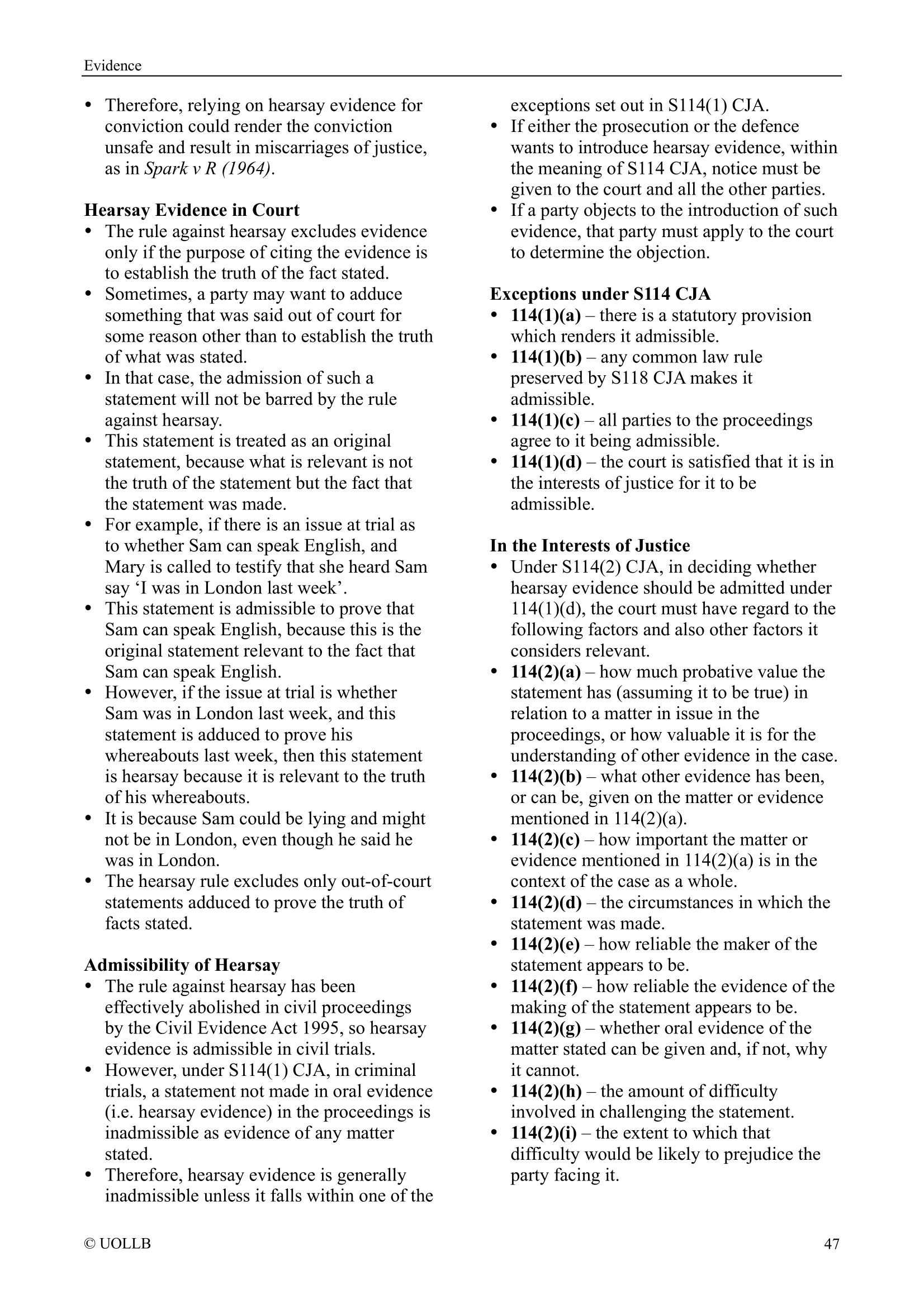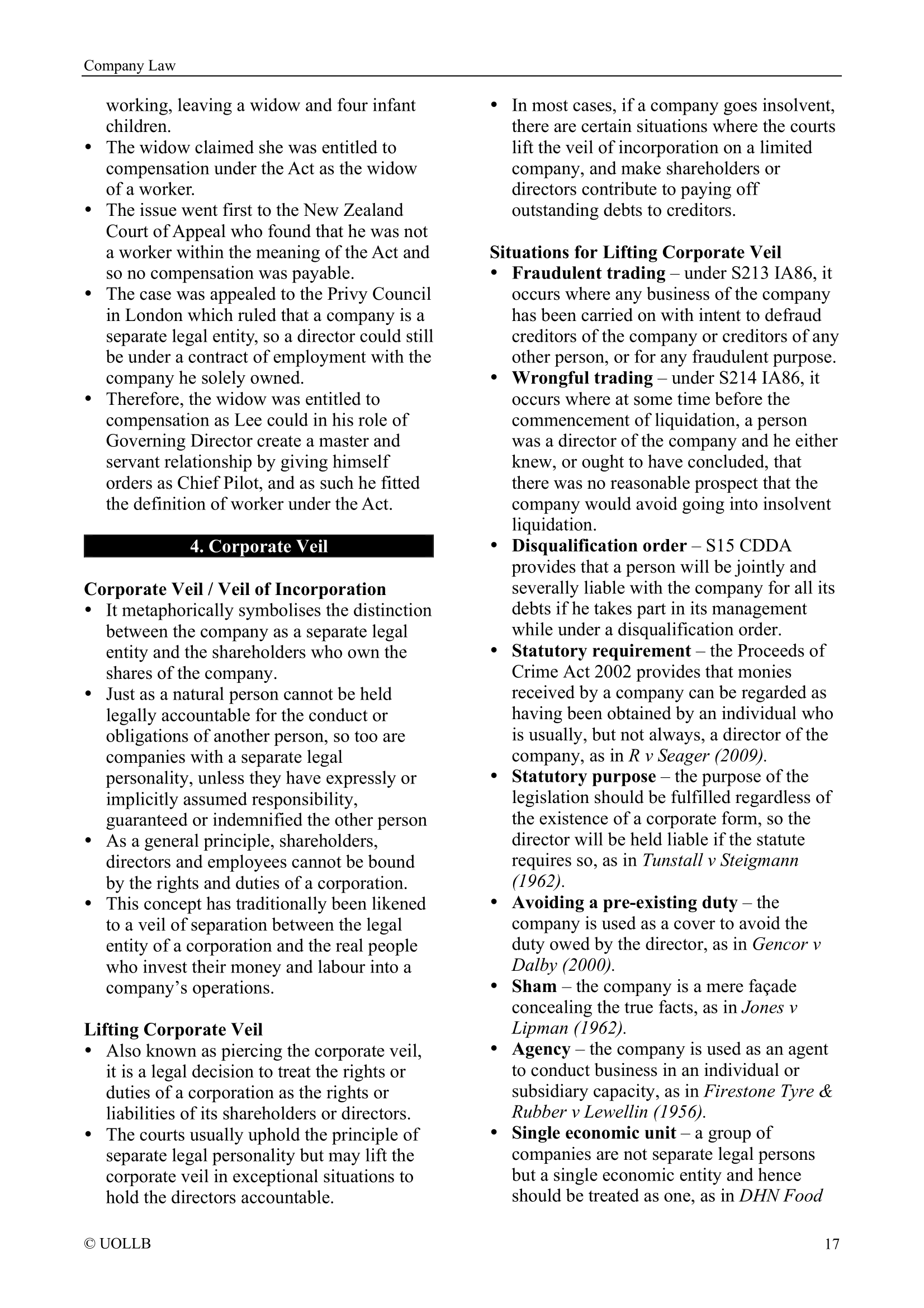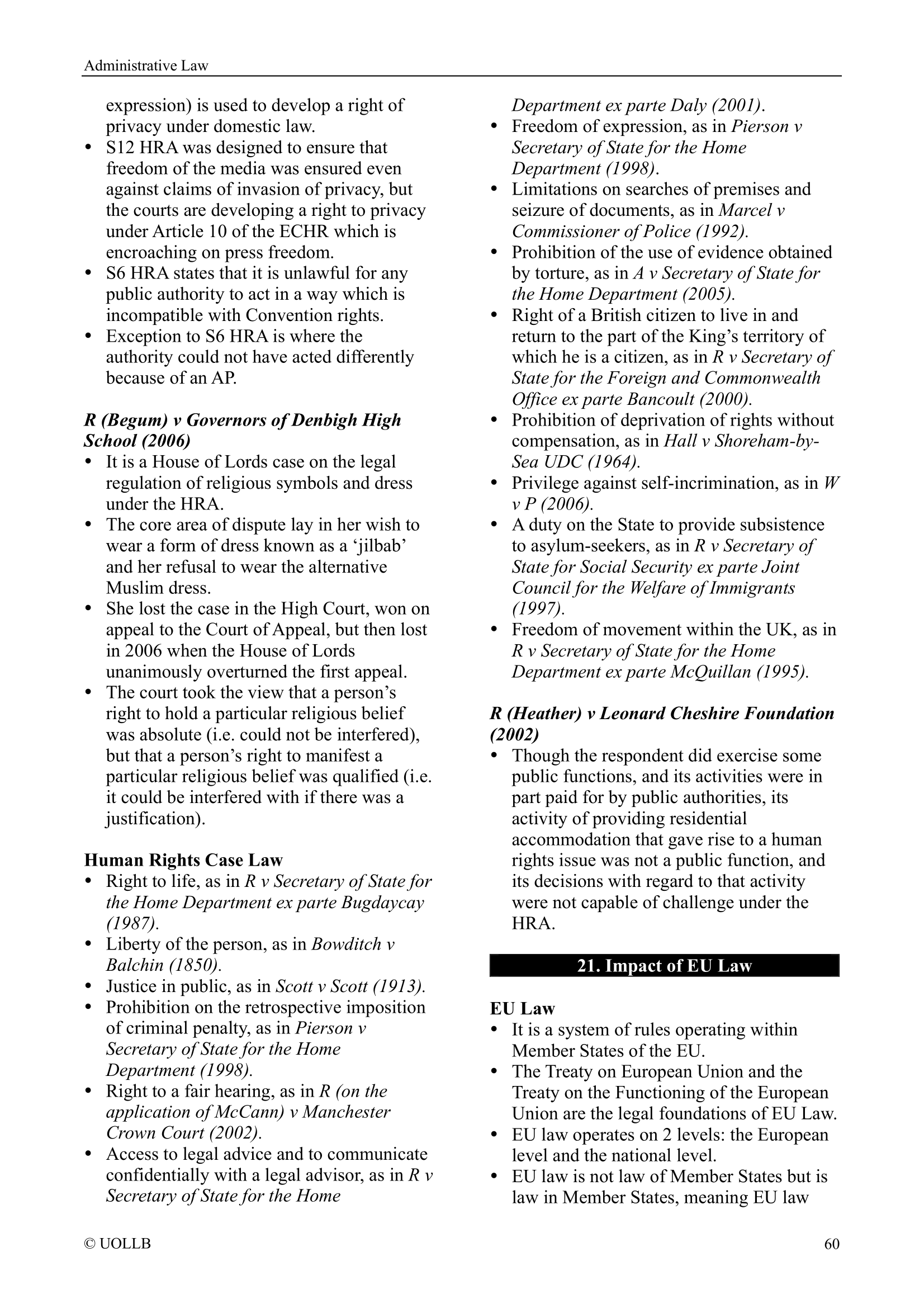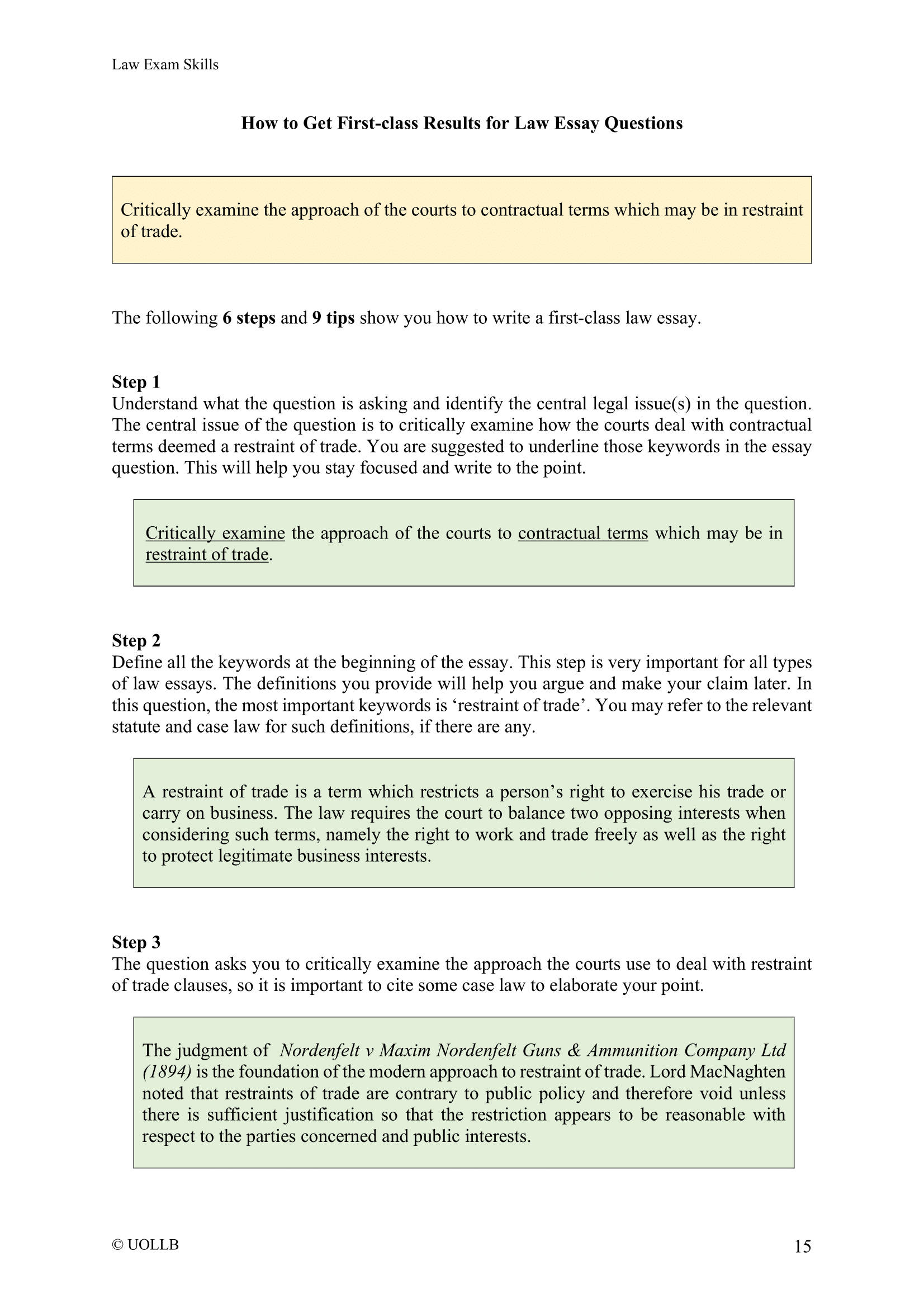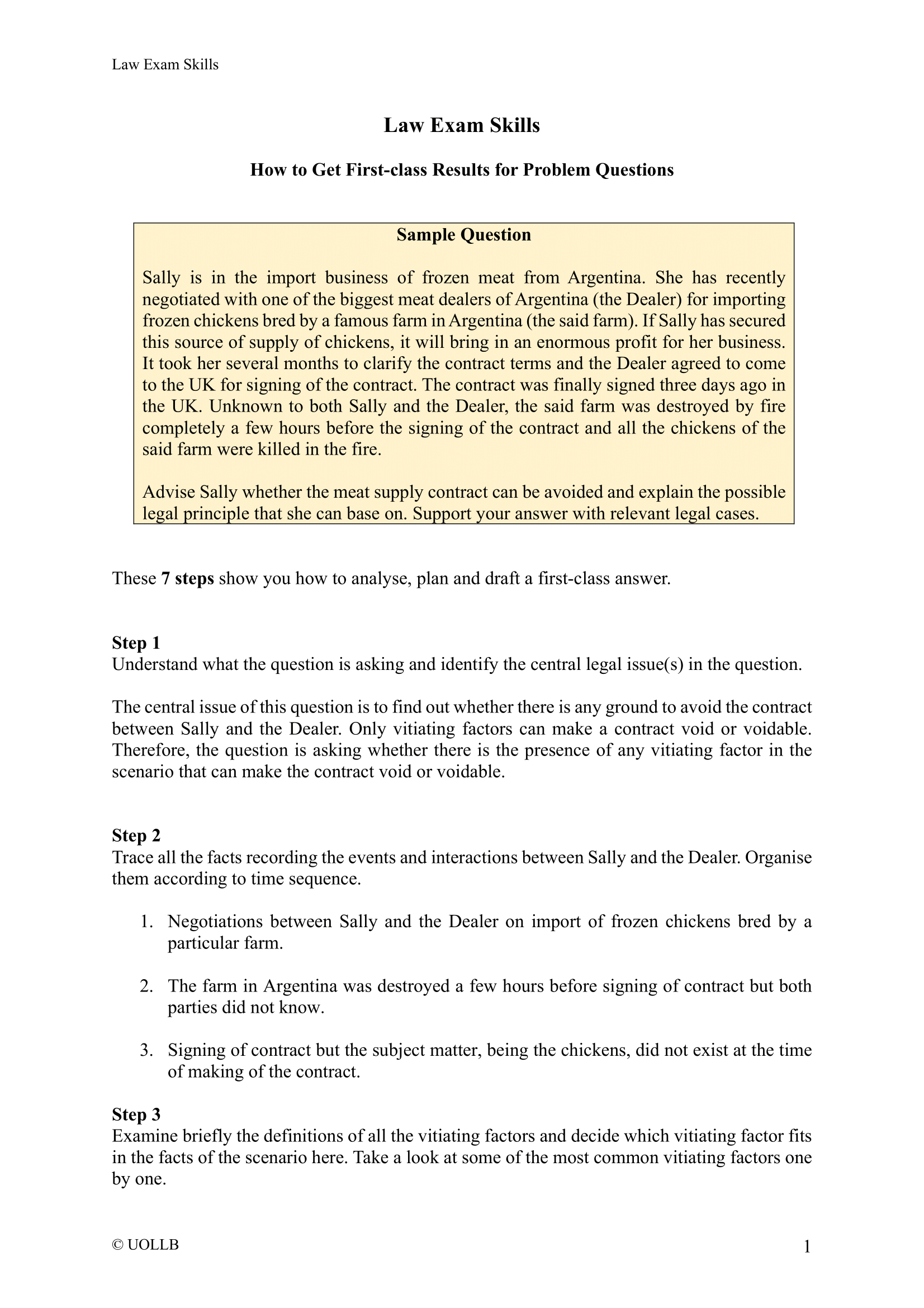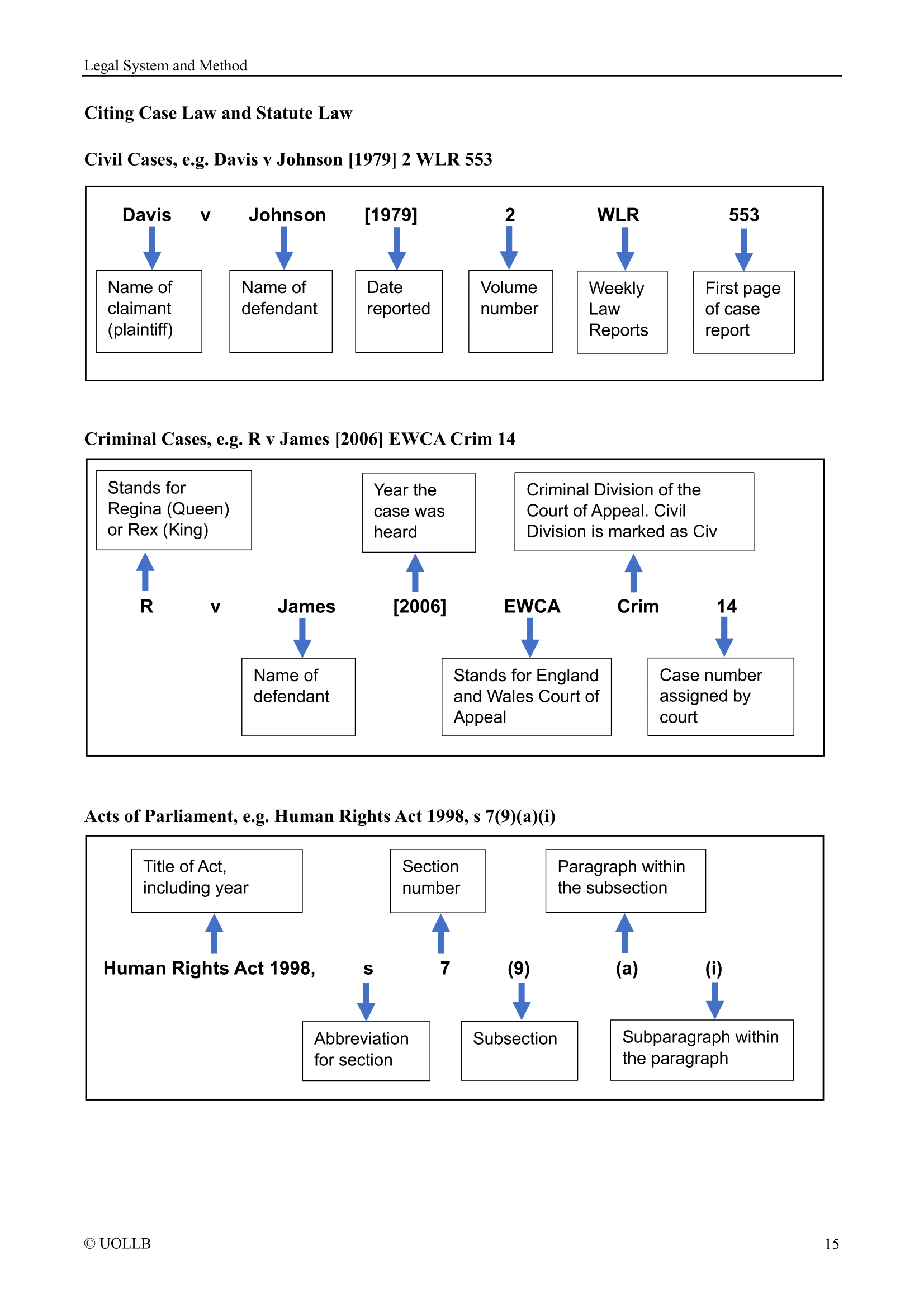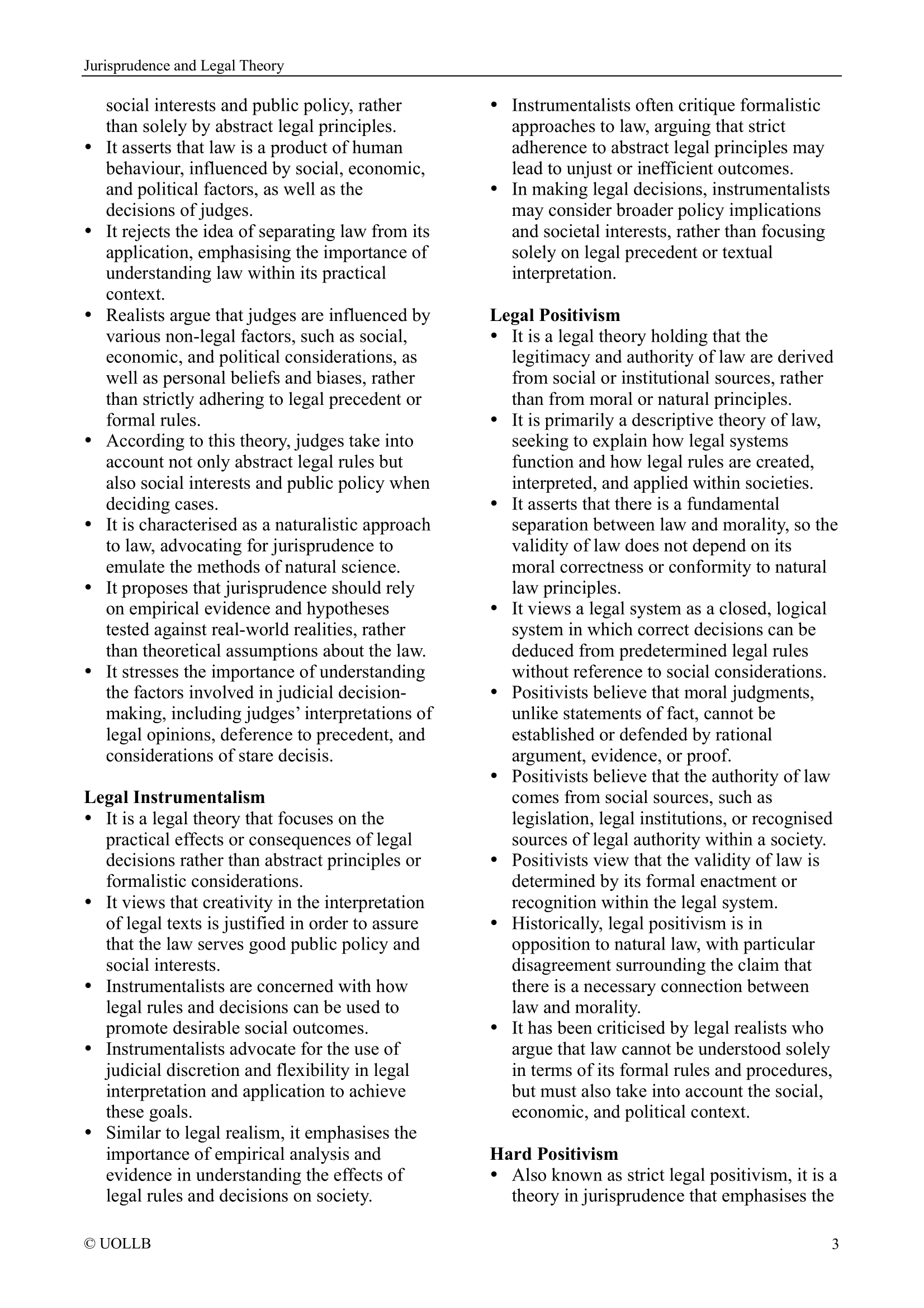Radford v De Froberville [1977]
Share
Radford v De Froberville [1977] 1 WLR 1262 dealt with the concept of cost of cure as a measure of damages for breach of contract. The key principle established in this case is that the cost of cure, also known as the cost of reinstatement, may be awarded as damages when a party breaches a contract.
The facts of the case involved a plot of land sold by the claimant to the defendant, with the defendant undertaking in the contract to construct a wall on her side of the boundary. However, the defendant failed to fulfil this obligation and subsequently sold her land to a third party. The claimant then claimed damages for the breach of contract, seeking the cost for himself to build the wall on his side of the boundary.
Despite the negligible difference in the value of the claimant's property due to the presence or absence of the wall, the High Court held that the cost of cure amounting to £3,400 was an appropriate measure of damages. The judgment, delivered by Oliver J, emphasised that even if the objective financial advantage to the claimant might be debatable, it is for the claimant to judge what serves his interests.
Oliver J highlighted that when a party contracts for the supply of something they believe serves their interests, whether those interests are commercial, aesthetic, or eccentric, they should be compensated with the cost of cure. In this case, the claimant had presented evidence demonstrating a genuine intention to carry out the work on his land, and the court was satisfied with his intentions.
This case, in its reasoning, indicates that the subjective value of the contract to the claimant and a genuine intention to carry out the work are crucial factors considered by the court when awarding damages for the cost of reinstatement. This perspective aligns with the idea that the party who suffered the breach should be compensated for the loss suffered and allowed to restore their position to what it would have been if the contract had been performed, even if the objective financial benefit is not immediately apparent.
The principles established in this case find resonance in subsequent cases, such as Ruxley v Forsyth [1995], confirming the court's consideration of the claimant's subjective valuation and genuine intention in awarding damages for the cost of cure.
